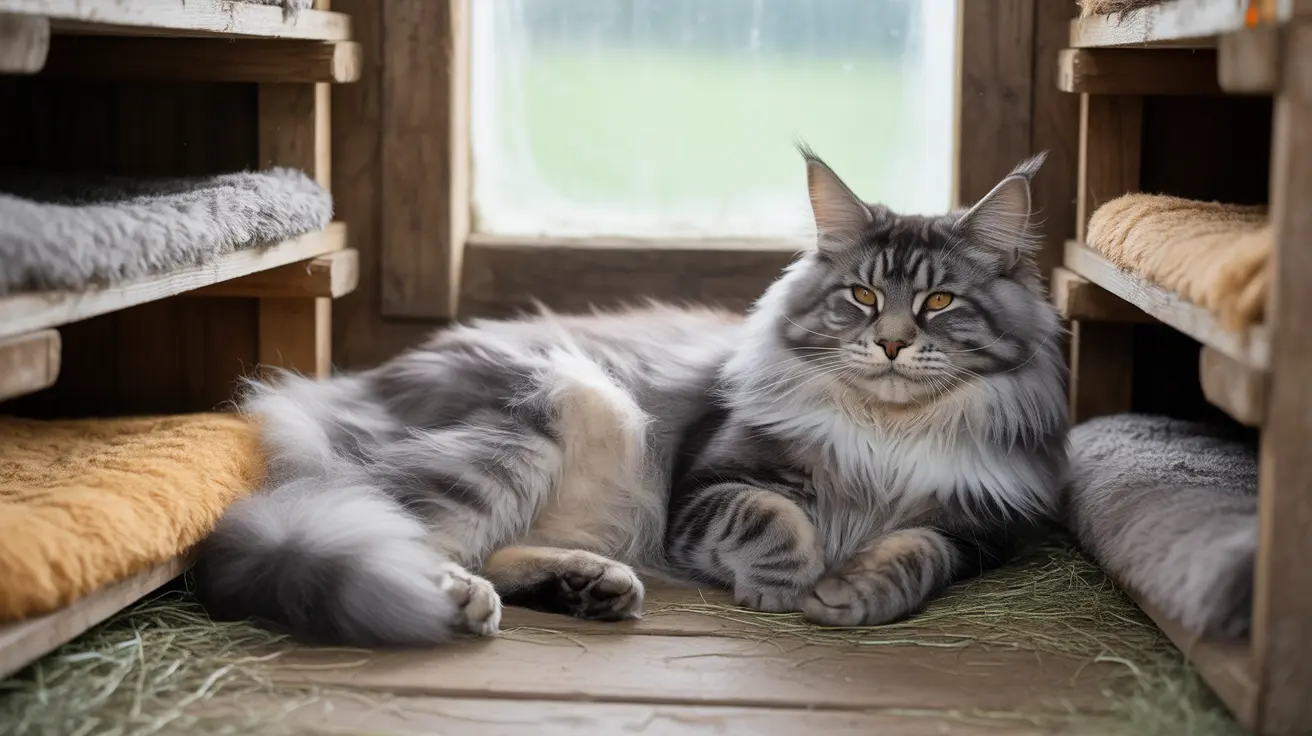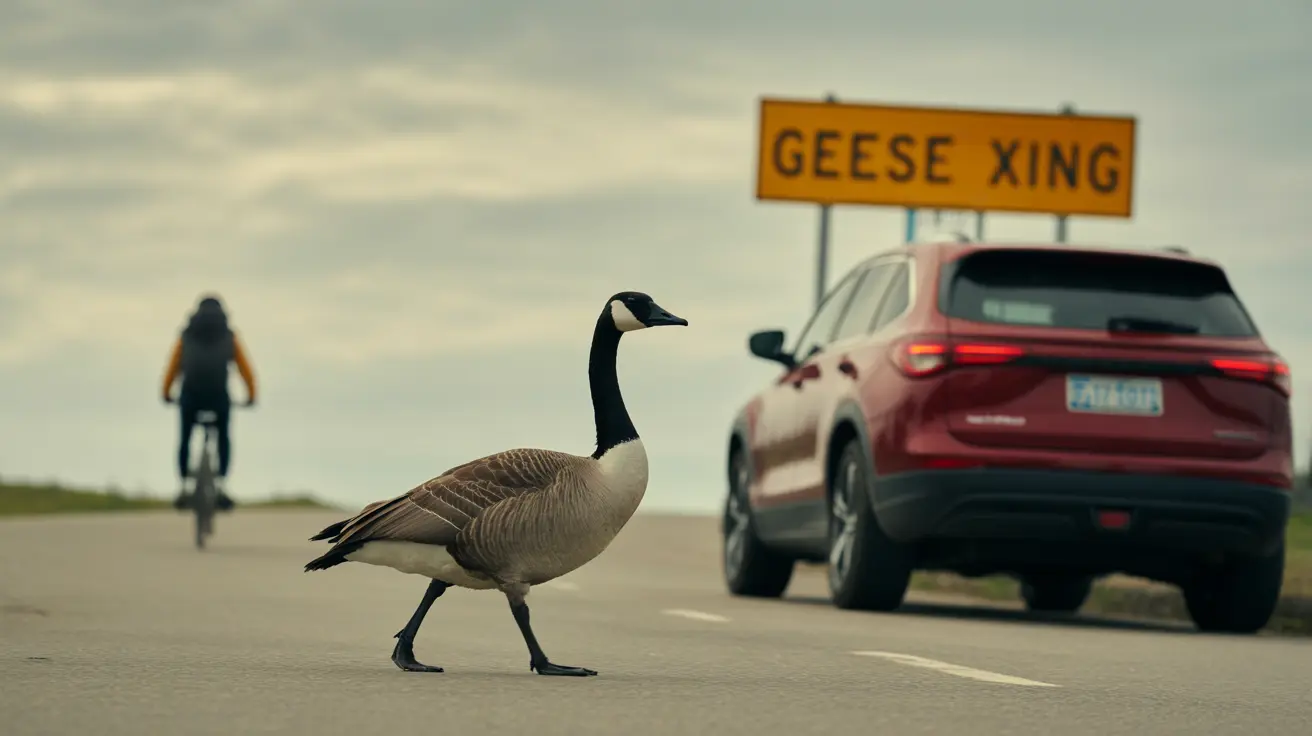How to Care for Your Dog When She's in Heat
When your female dog enters heat (estrus), it's a unique time that requires extra attention and care. This stage signals fertility, meaning she can become pregnant if exposed to male dogs. Understanding what happens during this period—and how you can help—makes life easier for both of you.
Understanding the Heat Cycle
The first thing to know: female dogs not spayed will experience heat cycles throughout their lives. The first cycle usually appears between 6 and 24 months of age (sometimes as early as 4 months in small breeds). Large breeds may not have their first heat until they're nearly two years old. After the initial cycles—which can be irregular—most dogs settle into a pattern, typically coming into heat about every six months.
There are four main stages in a dog's heat cycle:
- Proestrus: Lasts 3–17 days (often 7–10). Signs include vulva swelling, bloody or pink discharge, increased urination. She'll attract males but won't allow mating.
- Estrus: Lasts 5–21 days (commonly about a week). This is when she's fertile and receptive to males. Bleeding may decrease or stop; behaviors like tail flagging and seeking out males appear.
- Diestrus: Lasts up to 140 days. The vulva returns to normal size; she's no longer interested in mating. If breeding occurred, pregnancy develops now.
- Anestrus: A resting phase of roughly 100–150 days before the next cycle begins.
Signs Your Dog Is in Heat
- Swollen vulva and nipples
- Bloody or straw-colored vaginal discharge (lasting about a week or more)
- Frequent urination/marking territory
- Licking the genital area more than usual
- Behavior changes: restlessness, agitation, increased affection—or sometimes aggression
- Trying to escape or showing interest in male dogs
- Changes in appetite and mounting/humping behavior
The amount of bleeding varies by dog; some keep themselves very clean so you might notice only subtle signs.
Managing Your Dog During Heat
This period brings challenges—especially if you want to avoid accidental pregnancy or messes around the house. Here’s what helps:
- Supervise Closely: Never leave your dog unsupervised outside—even in fenced yards. Male dogs are highly motivated and persistent when they sense a female in heat nearby.
- Avoid Walks Where Other Dogs Are Present: Stick to leash walks in quiet areas. Skip dog parks entirely during this time.
- Use Doggy Diapers or Pads: Specially designed diapers help contain discharge inside. Change them frequently and let your dog's skin breathe by giving breaks from wearing them each day.
- Create Easy-to-Clean Spaces: Restrict her access to rooms with carpets or furniture that could be stained. Use old towels or blankets on her bedding for easy washing.
- Cleansing: Gently wipe her hind end daily with a damp cloth to prevent irritation and infection—but don’t overdo it; natural cleaning is important too.
- Mental Stimulation: Some dogs become restless during heat. Offer new toys, puzzles, or short training sessions for enrichment without overstimulation.
- If You Have Male Dogs at Home: Separate them using secure double barriers—doors plus gates if possible—to prevent accidents and reduce stress for both animals.
- Provide Comfort: Many females crave extra attention; others prefer solitude. Watch her cues—offer cuddles if she wants them or let her rest alone if she seems irritable.
- Track Her Cycle: Mark the start and end dates on your calendar so you know what’s normal for her body—and can plan for future spaying if desired.
The Importance of Spaying
If you don't plan on breeding your dog, spaying is the best way to prevent future heats and unwanted pregnancies. Spaying removes the uterus and ovaries permanently—and also reduces risks of mammary tumors and uterine infections later in life. Vets usually recommend waiting at least two months after a heat cycle ends before surgery to minimize risks from increased blood flow during estrus.
Cautions & When To Call Your Vet
- If you notice signs of pain, unusual discharge (white or foul-smelling), prolonged bleeding beyond two weeks, significant behavioral changes, or irregular cycles—contact your veterinarian promptly.
Your vet can also answer questions about breeding timing, hormonal treatments (which are rarely recommended due to side effects), or any other concerns specific to your dog's health history.
A Few More Tips
- Males do not experience heat; only females go through these cycles—but males can detect females in estrus from far away!
Caring for a dog in heat takes patience: supervise closely, keep things clean, provide comfort as needed—and always consult your vet with concerns. With preparation and understanding, you’ll both get through this natural part of canine life safely and comfortably.





